Childhood
7 Pictures
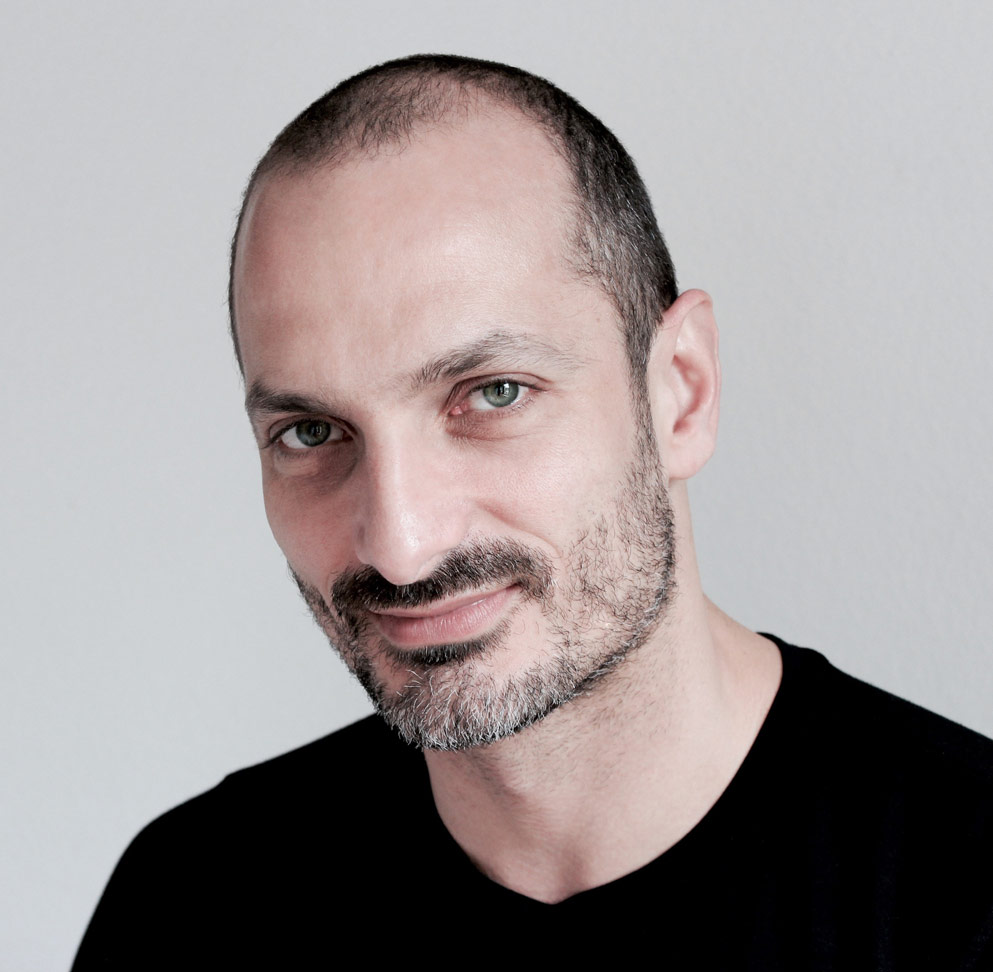
Asked for the secret to a long and successful career in dance, Jiří Bubeníček’s short answer - “Living the moment” - really encapsulates an entire universe. More than anyone else in this profession, he completely understands the discipline and personal sacrifice required to give yourself entirely to the artistic moment that is created on stage. It is a huge demand to place on oneself, to maintain such control over the intellect and the soul in every single second so that for the spectator, the natural laws of space and time seem suspended. The allure of Jiří Bubeníček’s stage presence is impossible to escape: his body combines athleticism, strength, speed, musicality, breathtaking technique, charm and perfect elegance, while he possesses an unerring instinct to shape roles with the utmost sensitivity. The life story of this world-class dancer makes clear that this is no mere gift, but has had to be mastered through hard work. The several turning points that can be observed over his 25-year professional career are clear evidence of a hunger for life and a drive to explore the unknown; at the same time, they are part and parcel of his unique success story.
Jiří Bubeníček’s passion for movement is truly in his blood: he and his twin brother Otto were born into a well-known Czech family of circus artistes, namely the acrobatic group known as “5 Bertis”. The path seems clear: to join this performing dynasty. Yet an unexpected turn comes at age 11 when, during acrobatic training, the twin brothers catch the attention of a ballet teacher from the Prague Conservatory of Dance. She immediately recognises the brothers’ enormous talent, and shortly afterwards they begin dance training at the conservatory. The parents consent to their sons’ departure into this new world, and not without some pride, as it was once the father’s secret dream to become a dancer himself.
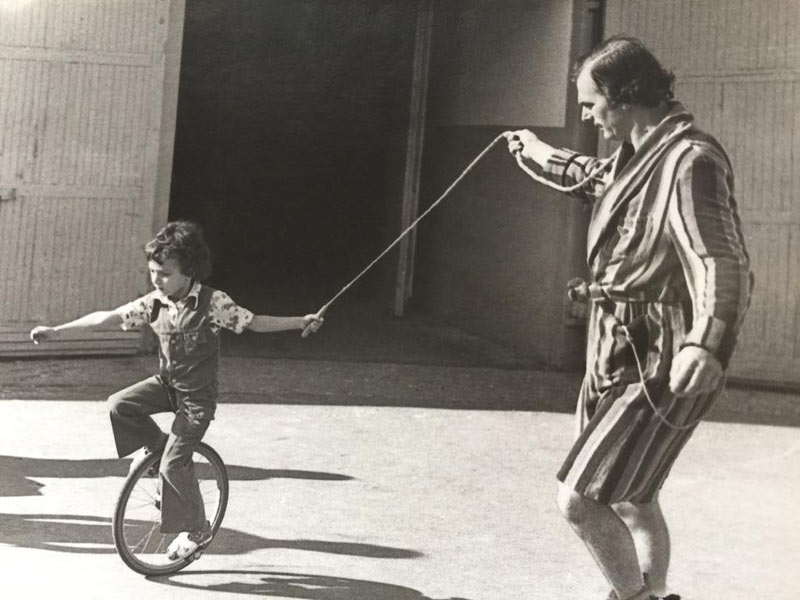
Childhood
7 Pictures
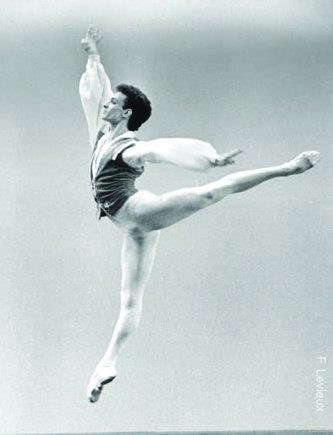
Youth
7 Pictures
This relatively late start to ballet training is made up for by the boys’ native intelligence, their diligence and the ability to attract attention at the right moment: at the age of 15, Jiří and Otto Bubeníček catch the eye of John Neumeier when they take part in a competition for choreographers in Tokyo. This first encounter was not to be the last; around two years later, when the brothers are awarded the “Prix Espèces” at the Prix de Lausanne 1992, jury chair John Neumeier personally offers them two places at the ballet school in Hamburg. But then, as today, the twins showed their great acumen in resisting temptation: they decide to complete their ballet training in Prague before, one year later, directly joining the ensemble of the Hamburg Ballet.
In Hamburg, Jiří Bubeníček quickly ascends to the utmost rung of the ballet hierarchy: from corps de ballet in 1993 to soloist in 1995 and then principal in 1997. Displaying his technical and artistic brilliance in countless roles, he is loved by audiences and showered with praise by dance critics. Reviewing Neumeier’s “Sleeping Beauty” from 1997, in which the prince (presented as a young man of today) dreams himself into a fairy-tale world, the critic of Hamburger Morgenpost was impressed: “Jiří Bubeníček? Despite wearing jeans, he’s every inch the classic prince. The way he does aerial turns and jumps, he seems to have been born to it.” Well, if not exactly born to it, his biography shows that he very soon understands how to convincingly slip into and interpret diverse roles, often together with his brother. After a guest performance in 1998, the New York Times raved about their ability to unify the three elements of character, music and movement into an integrated whole: “Otto Bubenicek, who like his twin, Jiří Bubeníček in ‘Soldier Songs’, exhibits a dynamic quality that shows him plunging into the movement and partnering with finesse.” Through Neumeier’s dramatically astute casting, the brothers continually claim the spotlight, as in “Illusions – like Swan Lake” or in performing the two identities of the Bavarian King Ludwig II: “The Bubeníček brothers present the battle between the two ‘sides’ of the fairy-tale prince as a black and white bodily melding of rare perfection” (Neue Westfälische Zeitung). Those who suspect some hidden sibling rivalry will be disappointed: rather, the motivation is simply doubled to overcome the challenges set by choreographer Neumeier and to surprise him with unexpected facets in their performances. Useful comparisons can only really be made outside the family: in 2002, the Frankfurter Allgemeine Zeitung wrote a review contrasting the productions of “La Bayadère” in Berlin and Hamburg, where no less a figure than Natalia Makarova was rehearsing her reconstruction of Petipa’s ballet. The review comes to the following conclusion: “In Hamburg [it is] Jiří Bubeníček as Solor who technically matches the world star Malakhov, even surpassing him in virility,” thus cementing his accession to the select group of dance luminaries. This opinion is confirmed by dance aficionado Horst Koegler (Stuttgarter Zeitung), who described the dancer’s qualities in the title role in “Nijinsky” as follows: “Jiří Bubeníček is a world-class dancer who explores the extremes of human existence in the role of God’s Fool.”
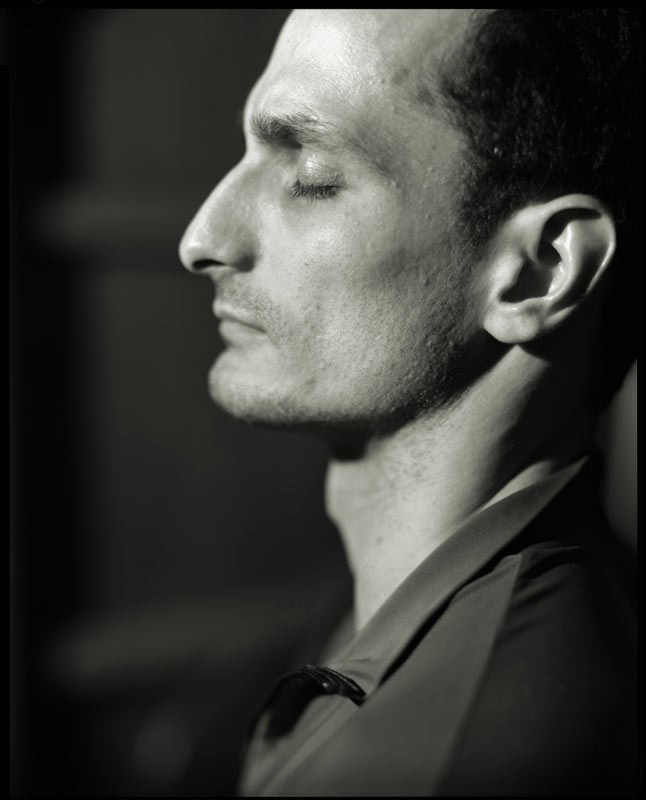
Portraits
5 Pictures
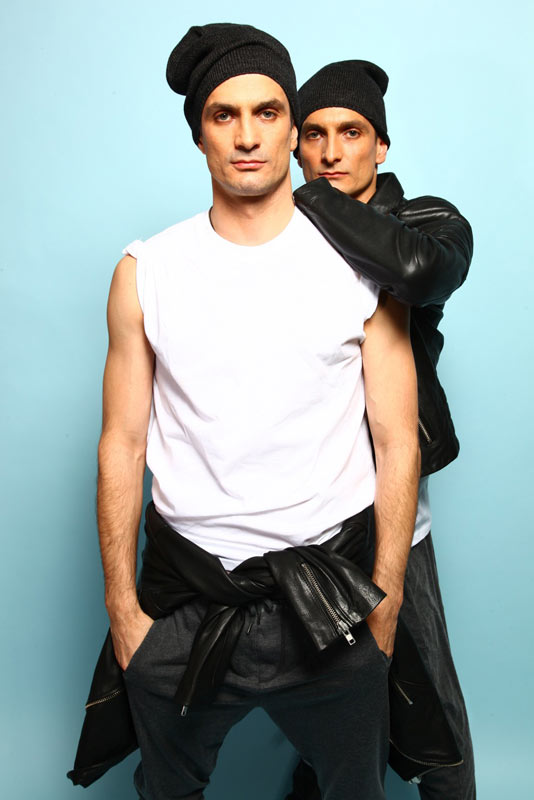
Modeling
43 Pictures
“Treading water” is a term unknown to Jiří Bubeníček. Resting on his hard-earned laurels in Hamburg is not in his nature. As much as he is supported by John Neumeier, there is a lack of intense collaboration with other choreographers in Hamburg. Although the city can claim such great names as Mats Ek, Nacho Duato, Jiří Kylián and Stephan Thoss, they are few in number. And so the dancer moves on. Consumed with curiosity, he educates himself at the world’s leading museums and theatres.
His unconscious search for the new is answered when he meets Aaron S. Watkin, the new director of Dresden’s Semperoper Ballett, who is seeking not just new dancers for his company but also wishes to shake up the repertoire with fresh and diverse choreographies. Jiří Bubeníček senses that his future is here. In 2006 he leaves Hamburg after 13 years to join the newly reorganised Semperoper Ballett as principal.
Leaving behind his artistic godfather, Neumeier, the dancer embarks on a period of growing independence – as an experienced performer, in Dresden he grasps the opportunity to develop more freely as an artist and to sharpen his profile. From the outset, he is regarded as the “lead”, taking on practically all the main male roles in Aaron S. Watkin’s classical ballets – from the Prince in “Sleeping Beauty” or “Swan Lake” to the Consort in “The Nutcracker” and Solor in “La Bayadère”. These protagonists are complemented by the role of Petrucchio in John Cranko’s “The Taming of the Shrew”, which Jiří Bubeníček also dances for the Semperoper Ballet; in all these cases, he constantly draws on the experiences gained in Hamburg for his interpretations of these great ballets.
But above all, Jiří Bubeníček realises his desire to explore new dance styles and thereby to mature even more as an artist. In Dresden, he works with William Forsythe, the radical rethinker and interpreter of classical ballet, on pieces such as “Enemy in the Figure” and “Impressing the Czar”. Jiří Bubeníček is able to deepen his understanding of neo-classical ballet through the work of George Balanchine while simultaneously immersing himself in the unique choreographic styles of Mats Ek and Jiří Kylián, which he already had the opportunity to learn and perform in Hamburg. He breaks new ground through collaborations with choreographers as diverse as Jacopo Godani in his energetic “Sacre”, Pontus Lidberg in his elegiac, flowing “Im anderen Raum”, Johann Inger in his devastating “Walking Mad”, David Dawson in the ethereal “Giselle”, Alexander Ekman in the extraordinary “Cacti” and many, many more. Here it is also important to mention the working partnership with Stijn Celis, who, aiming to fully exploit the dancer’s potential, develops – together with Jiří Bubeníček – two roles that ideally reflect the dancer’s artistic maturity, namely Romeo in “Romeo and Juliet” (2013) and Joseph in “Joseph’s Legend” (2014).
Representative of the multitude of ecstatic reviews, the following sentence hints at one central quality of the dancer: “It is spellbinding to see how he plumbs the very depths of the role.” (Onlinemerker). For all his technical brilliance, it is this astonishing shaping of character that Jiří Bubeníček has refined and exhaustively explored over the years. And those audience members who, instead of leaving their seats for the break, stayed behind to watch him fill the empty space with his extensive intermission solo in Ohad Naharin’s “Minus 16”, will finally have grasped the complexity and all-encompassing abilities of this unique dancer.
Integral to Jiří Bubeníček’s successful career has been the multitude of choreographers who have collaborated with him and created works for him. Equally important, however, are the outstanding ballerinas of the age with whom he has thrilled the world of ballet, whether in Hamburg with Svetlana Zakharova or in Dresden with Polina Semionova in “La Bayadere”. Another formative experience has been the tours through Italy with “Roberto Bolle and Friends”, spread over a period of three years. Jiří Bubeníček has also made guest appearances at Paris’s Ballet de l’Opéra in the “Lady of the Camellias”, dancing there with partners such as Aurélie Dupont, Agnès Letestu, Mathilde Froustey and Myriam Ould-Braham. Further, he was honoured to perform together with Marie-Agnès Gillot, Étoile of the Opéra de Paris as well as appearing in “Les Étoiles Gala” with Benjamin Pech over three summers at Tokyo’s Bunkamura Orchard Hall with the Étoiles of the Ballet de l’Opéra de Paris.
Reflecting his innumerable lead roles as well as collaborations with choreographers and ballerinas, Jiří Bubeníček has been showered with prizes throughout his career. The “Espèces” at the Prix de Lausanne which he won as a young dancer was quickly followed by other awards such as the “Benois de la Danse” in 2002 for the role of Armand in the “Lady of the Camellias” and later the prestigious Mary Wigman Prize, bestowed by the Semperoper Foundation in 2013. In 2009 he was named “Dancer of the Year” by the magazine “Ballettanz International” and “Outstanding performance/Best dancer” in 2015 by “Dance Europe” for his role in Forsythe’s “Impressing the Czar” (2015). The list of accolades goes on and on. Such prizes aptly document the career of an exceptional artist who has consciously set entirely new standards.
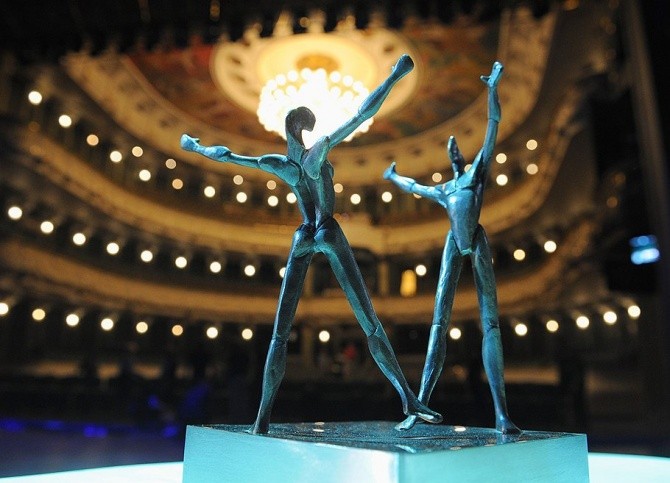
Prizes & Talk Shows
30 Pictures
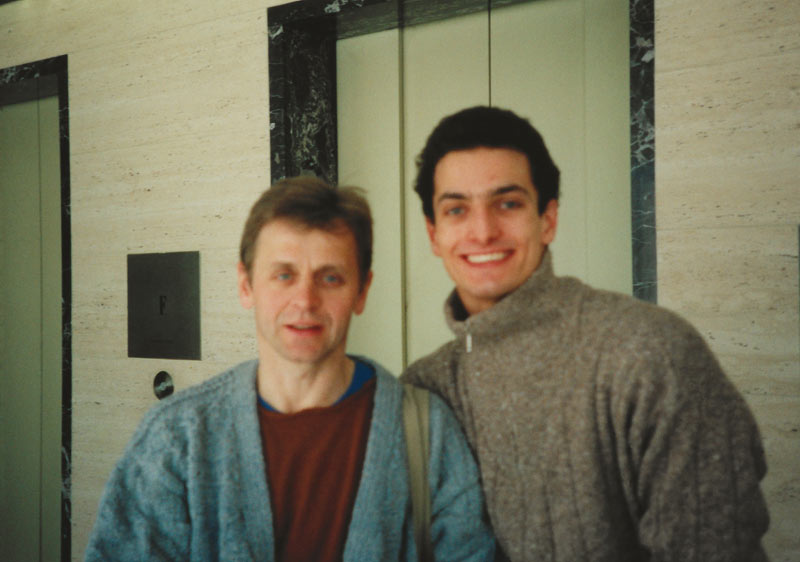
Encounters
18 Pictures
Yet the pinnacle of success, as well as physical abilities, is inevitably reached at some point. And Jiří Bubeníček’s unparalleled career lasted longer than he could have dared hope. But having reached his 40s, the next change awaited him – one for which he had already been preparing for years. His first steps as a choreographer had long since led to commissions from international ballet companies. And so the next stage in the choreographer’s life is already well and truly underway.
Jiří Bubeníček made his swansong performance with a choreographic “missing link” on 11 November 2015 when he appeared as Des Grieux in Kenneth MacMillan’s “Manon”, delving into the passions and experiences of a life full of challenges; it is abundantly clear that only the dancer’s own rich personal history could have prepared him for this touching portrayal – a concentrated exploration of a life and a man who, in every single moment, gives his all.
REPERTOIR IN SEMPEROPER BALLET, HAMBURG BALLET AND OTHER THEATERS
Sir Kenneth MacMillan
Des Grieux in Manon
John Cranko
Petruccio in “The Taming Of The Shrew”
Frederick Ashton
Colas in “La Fille Mal Gardée”
“Monotones”
Michael Fokine
Petruschka in “Petruschka”
“Le Pavillion d’Armide”
Natalia Makarova
Solor in “La Bayadère”
Pierre Lacotte
“Les Trois Mousquetaires”
Georg Balanchine
Franz in “Coppélie”
“Theme and Variations”
“Emeralds” and “Rubies”
Duet from “Violin Concerto”
William Forsythe
“In the Middle Somewhat Elevated”
“Enemy in the Figure”
“Steptext”
“Berio” duet in “Neue Suite”
“Impressing the Czar”
Aaron S. Watkin
Consort in “The Nutcracker”
Prince in “The Sleeping Beauty”
Prince in “Swan Lake”
Solor in “La Bayadère”
Stijn Celis
Romeo in “Romeo and Juliet”
Joseph in “The Legend of Joseph”
“Vertigo Maze”
Mats Ek
“She was Black”
Knight in “Light Beings”
Prince in “The Sleeping Beauty”
Duet from “Appartement”
Jiří Kylián
“Bella Figura”
“Forgotten Land"
“Petite Mort”
Johan Inger
“Empty House”
“Walking Mad”
David Dawson
Albrecht in “Giselle”
Hilarion in “Giselle”
“The Grey Area”
“Reverence”
“A Million Kisses To My Skin”
“On the Nature of Daylight”
Jacopo Godani
“Sacre”
“Spazio Tempo”
Nacho Duato
“Romanso”
Alexander Ekman
“Cacti”
Stephan Thoss
Objective Time in “Rennen hinter dem was flieht”
Kader Belarbi
“Entre d’Eux”
Sidi Larbi Cherkaqui
“Trio”
Pontus Lindberg
“Im anderen Raum”
François Chirpaz and Kristen Cere
“Self Portrait”
José Limón
“The Unsung”
Jiří Bubeníček
Solo in La Foule, The Feeling Begins...Samsara, Fragile Vessels, Bolero II, Beyond Words, Prisoners of Feelings, Ai No Yukue, YUH 07, YUH 05, Shattering Depth, Maifest der Brunnen, Rencontre, Te Deum, Double Violin Concerto, Letter to Felice, The Picture of Dorian Gray, Je Reve, Intimate Distance, Unerreichbare Orte, Canon in D Major, Le souffle de l'esprit, Toccata, Proven Lands and L'Heure Bleue
CHOREOGRAPHERS CREATED FOR JIŘÍ BUBENÍČEK
“Der Verschwundene Hochzeit”
Concept and Staging Paul Esterhazy
Opera created by Klaus Lang, at the Bayreuther Festspiele
Romeo
“Romeo and Juliet” - Stijn Celis
Joseph
”The Legend of Joseph - Stijn Celis
Prince
“The Sleeping Beauty” - Mats Ek
“Sacre”
Jacopo Godani
“Spazio Tempo”
Jacopo Godani
“Trio”
Sidi Larbi Cherkaqui
“Les Trois Mousquetaires”
Pierre Lacotte
Solor
“La Bayadère” - Aaron. S. Watkin
Consort
“The Nutcracker” - Aaron. S. Watkin
“The Disappeared”
David Dawson
Hilarion in ”Giselle”
David Dawson
Objective Time
“Rennen hinter dem was flieht”
Stephan Thoss
“Self Portrait”
François Chirpaz and Kristen Cere
“Entre d’Eux”
Kader Belarbi
“Bal oriental"
in Frech film “Aurore” - Kader Belarbi
JOHN NEUMEIER CREATED FOR JIŘÍ BUBENÍČEK
Vaslav Nijinsky
“Nijinsky”
Konstantin Gavrilovich Triplev
“The Seagull”
The War
“Odyseey”
Horvendel
“Hamlet”
The Wanderer / The Gondolier / A Dance Couple / Dionysus / The Hairdresser / The Guitar Player
“Death in Venice”
Man III
“Bernstein Dances"
Solo part in
“Winter Ways”
Solo part in
Nocturnes from “Songs Of The Night”
Solo part in
“Bartók-Bilder”
Pas de deux
“Sheherezade I.”
Pas de deux
“Blue Danube”
ROLES IN HAMBURG BALLET REPERTOIRE
CHOREOGRAPHED BY JOHN NEUMEIER
“Nijinsky”
Vaslav Nijinsky
“Illusions Like “Swan Lake”
King
Man in the Shadow
Count Alexander
"Sleeping Beauty”
Prince Désiré
Prince Florimund
Catalabutte / Blue Bird
“Romeo and Juliet”
Mercutio
Benvolio
“A Midsummer Night’s Dream”
Theseus Oberon
Lysander
“The Lady of Camellias"
Armand
Gaston
“Sylvia"
Aminta
Eros / Thyrsis / Orion
Endymion
“VIVALDI or What You Will”
Malvolio
Sebastian
“Bernstein Dances”
Man I
Man III
“Death in Venice”
The Wanderer/ The Gondolier/ A Dance Couple/
Dionysus/ The Hairdresser/ The Guitar Player
“Oudine” - Hans
“Giselle” - Albert
“The Nutcracker" - Gunther
“The Saga of King Arthur" - Galahad
“Peer Gynt” - Aggression Aspect
“As You Like It" - Orlando
“The Seagull” - Konstantin Gavrilovich Triplev
“Odyssey” - The War
“Hamlet” - Horvendel
“Sheherezade I.” - Pas de deux
“Blue Danube” - Pas de deux
“The Firebird” - Pas de deux
AND SOLOS IN
A Cinderella Story, Winter Ways, Nocturnes from "Songs Of The Night”, Requiem, Spring and Fall, Bernstein Serenade, Petruschka Variations, Third, Forth (Des Knaben Wunderhorn), Fifth, Ninth (Zwischenräume) Symphony of Gustav Mahler, Bach Suite 2, Getting Closer, Soldier Songs, In The Between, Saint Matthew Passion, In The Blue Garden, Secrets, Bartók-Bilder, Messias, Now and Then, Préludes CV, Winterreise, On the Town.
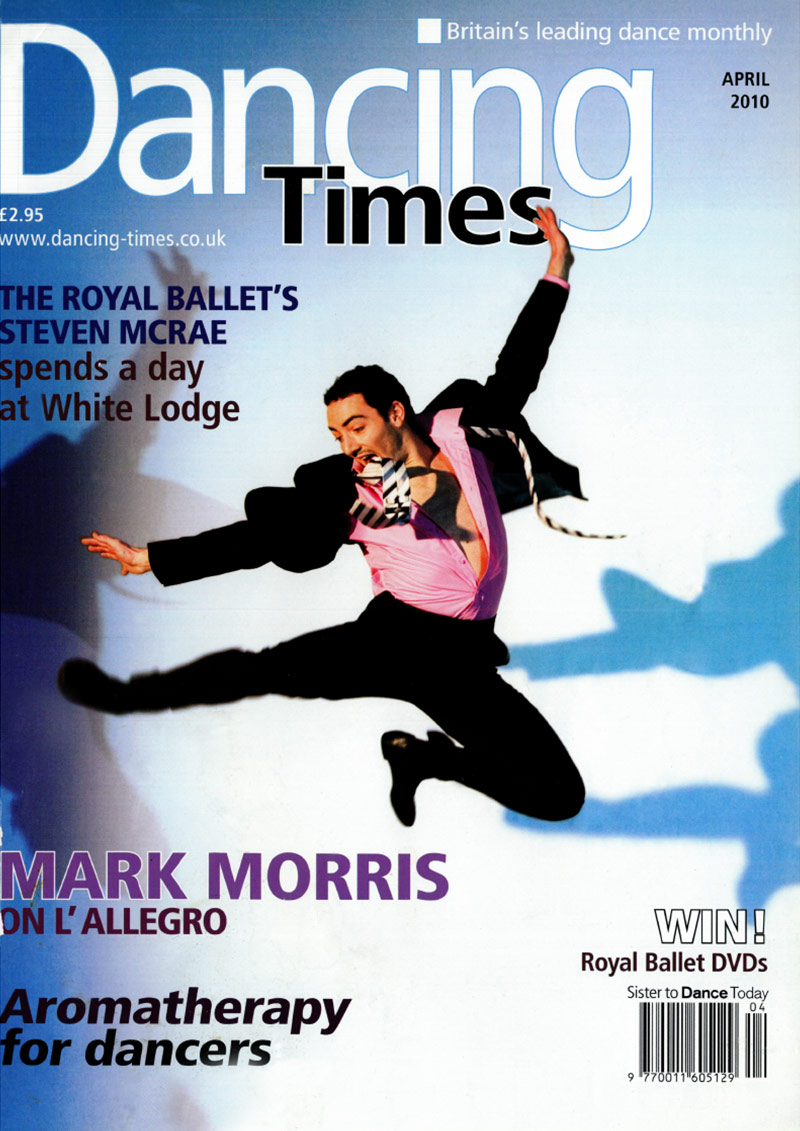
Dancing Times
2010
Interview Semperoper Magazine
2013
You can find more articles in the press section.